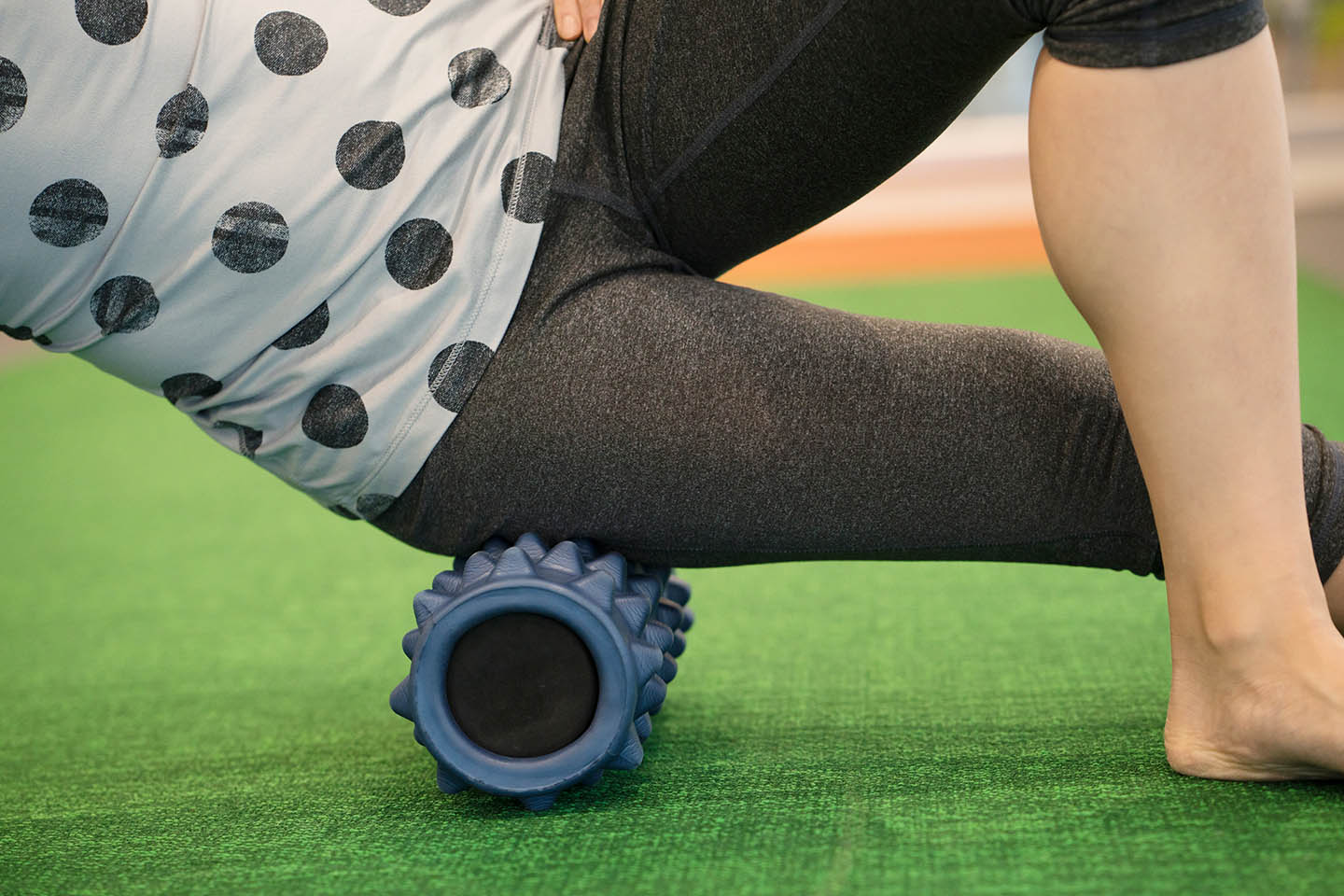Foam rolling – or any sort of do-it-yourself tissue release – is a wonderful thing. We can treat a plethora of injuries and muscle imbalances in the comfort of our own homes, which is something that even top-level athletes of the 80’s couldn’t have imagined.
But for all the benefits of foam rolling, there are still a few things to be wary of. Once you get into the swing of things and really start ungluing sticky tissue, you feel great. You want to do it more. As much as possible. On every part of your body.
Sadly, there are a few areas of your body that won’t feel the love when you jam a foam roller onto them, and we need to learn what those are before we damage our bodies further. Here are 3 areas you should never foam roll.
Neck
Please do not foam roll your neck. Foam rolling – or using a lacrosse ball – on the upper trapezius muscles is fine. But when you attempt to release tissue on your neck, which in geek speak is called the cervical spine, you run the risk of potentially damaging the delicate spinal discs in your neck. Applying too much pressure to these discs will only serve to put you in more pain.
The same goes for the front of the neck. You’d have to be a masochist of the highest degree to put a foam roller on your throat. You’re not releasing any tissues this way, you’re basically just choking yourself out.
So, stick with a tiny lacrosse ball for the back of the neck, and get deep in there with some stretches. Avoid the front of the neck like the plague.
IT Band
Well, here’s the thing. The IT band is not a muscle. It is a piece of connective tissue that is connected to several muscles. You cannot change the flexibility of connective tissue. The IT band is anatomically designed to withstand loads far more significant than you could produce by using a foam roller – thereby making the entire process useless.
When you foam roll your IT band, you are doing absolutely nothing. It will hurt like the dickens though because you are trying to produce a change in a piece of tissue that cannot be changed.
Here’s what you do if your IT band is tight – foam roll the attachment points. Use your foam roller on your glutes, TFL, and outer quad muscles. When these muscles are tight, they pull the IT band into an extremely loaded position, that cannot be fixed until you release the attachment points. Work on these areas, and you’ll find your IT band loosen up in a jiffy.
Low Back
Similar to the neck, the low back – or lumbar spine in geek-speak, is an area that is too fragile to be foam rolled. The lumbar discs are not designed to withstand the force applied by a foam roller. If you attempt to foam roll your low back to alleviate pain, you will probably end up making things a lot worse.
Now, this is not to say that myofascial release, in general, is useless for the low back. The primary muscles of the low back, the quadratus lumborum, do tend to get incredibly tight and knotted in most people. So we do need to release them in some way.
The foam roller is too dangerous for the job – we need something smaller. So try a lacrosse ball. A tennis ball. Anything that is spherical in nature, and that you can easily stick into that small strip of muscle in the low back. Again – avoid rolling over your spinal discs!
Foam rolling is a fantastic tool in your arsenal for good health. These are three areas that you should avoid foam rolling – unless you want to be out of commission for even longer.
